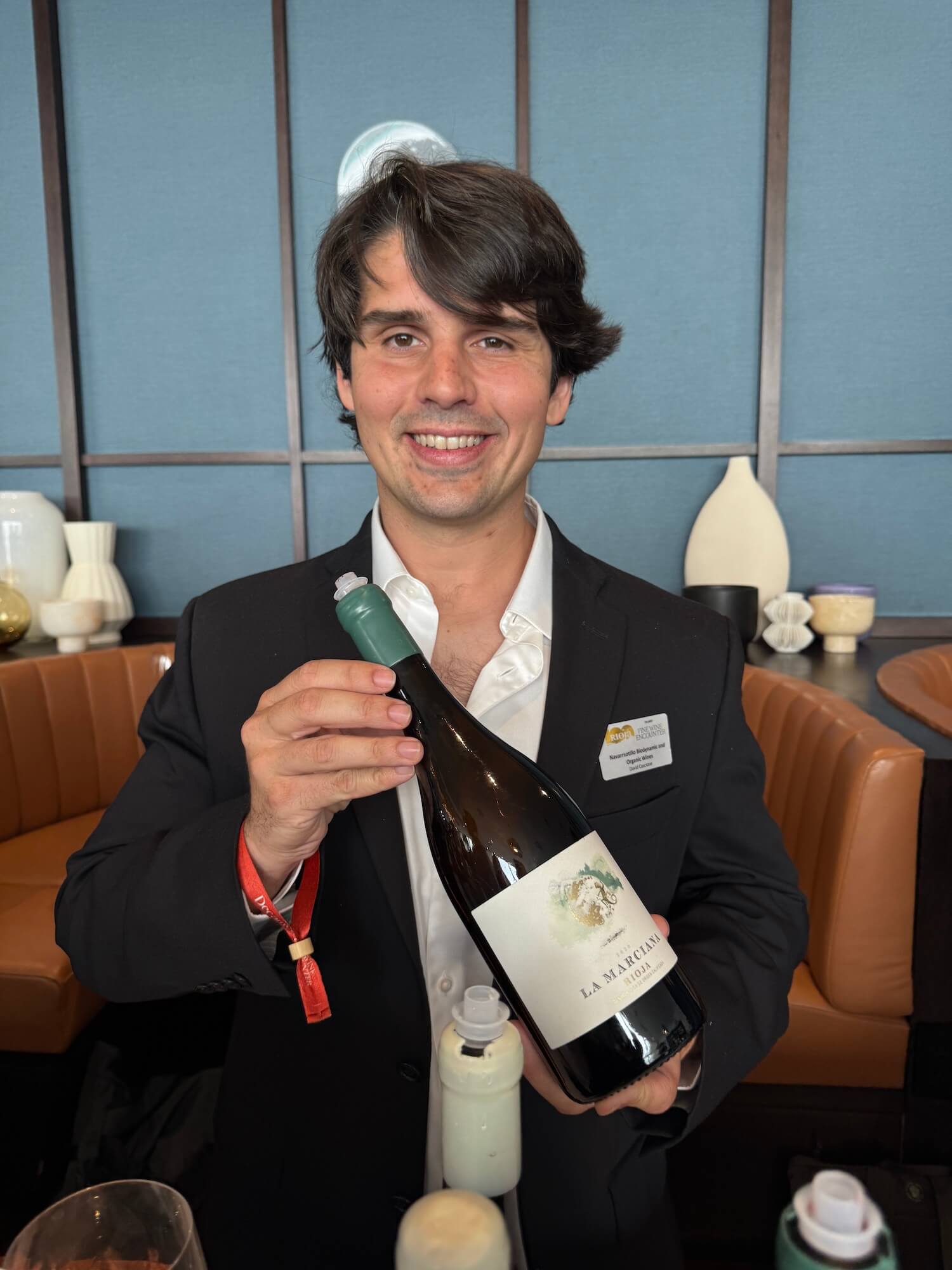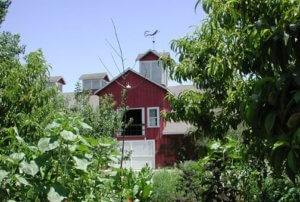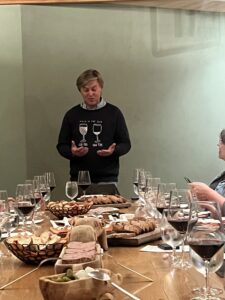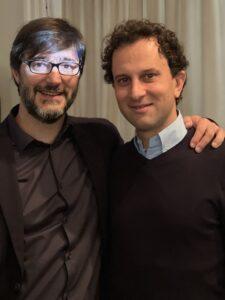Decanter Magazine Rioja Masterclass

A Century of Rioja: Tradition Rooted, Identity Evolving
In 1925, Rioja became Spain’s first official Denominación de Origen (DO). This formalized what wine lovers had known all along.
That this river-crossed land of rolling hills, diverse soils, and ancient winemaking tradition was special.
But Rioja’s story didn’t precicesly begin in 1925. Nor has it remained frozen there.
Archaeological evidence confirms that the region has been cultivating wine since at least 200 BC, when the Romans took note of its potential.
By the 16th century, Rioja’s producers were already enacting the earliest forms of quality regulation.
Then, in the 19th century, visionary winemakers imported French wine-aging techniques like barrel maturation — a move that would forever define Rioja’s character and reputation.
In many ways, the region’s 100-year-old DO status is less a starting line than a mile marker in a much longer, more fluid journey.
This was the central idea behind the Decanter Fine Wine Encounter in New York, a high-energy showcase capped off by a masterclass dedicated to Rioja’s past, present, and dynamic future.
Held at Manhatta Restaurant, a striking space perched atop 28 Liberty Street in Manhattan’s Financial District, the class was co-led by Master Sommelier Jonathan Eichholz and Decanter regional editor Ines Salpico.
I’ve been to many wine seminars held here, exclusively for the wine press. At these events, seasoned palates usually dominate and engagement tends to be muted.
But here, on this gray-skied Saturday, the crowd was leaning in — curious, asking questions, soaking up Rioja’s history and its stylistic shifts. I’ve rarely seen so much excitement and anticipation in a tasting.
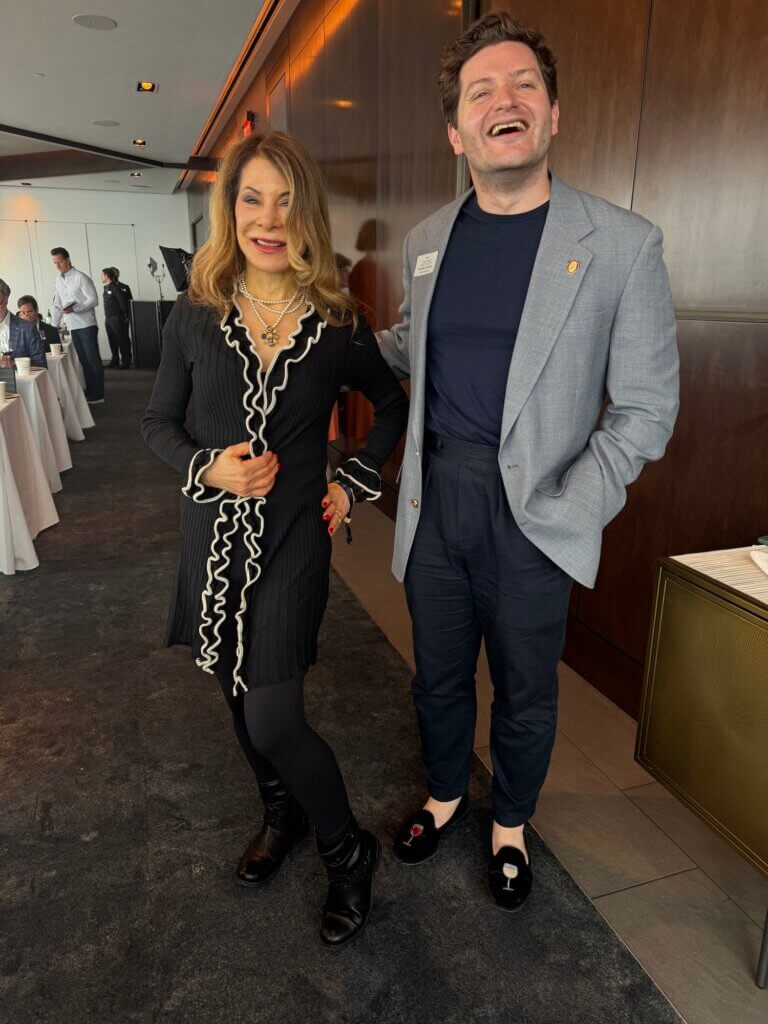
The Masterclass explored how Rioja, a Spanish wine region steeped in tradition, continues to evolve to meet changing consumer preferences, climatic challenges, and generational turnover among producers. In other words: Rioja may be 100 years old as a DO, but it’s not sitting still.
“There’s a reason Rioja has remained relevant for so long,” a presenter observed. “It’s always been willing to challenge its own assumptions, while preserving its core identity.”
One of those core identities is a sense of stylistic integrity — a Rioja-ness that most wine drinkers can recognize.
That often comes from a structure gently molded by aging in American oak barrels, allowing for softer textures and those signature notes of fruit, cedar, and spice. These “textbook” wines, the kind that earned Rioja global renown, are very much still being made — and still prized for their longevity and grace in the cellar.
But alongside them, a new generation of producers — and evolving demands from global markets — are shaping a fresher face of Rioja. Vibrant, approachable styles are gaining ground. French oak is making increasing appearances in the cellars. And more voices, including younger winemakers settling into the region, are bringing reinvention to the forefront.
What struck me was the way the speakers described this phase less as a stylistic rupture and more as a nuanced evolution — one rooted in both response and respect. The sense I got was that Rioja isn’t pivoting away from tradition, but expanding the scope of what its tradition allows.
I first noticed this excitement when I spoke with winery representatives in the Rioja section of wines at the Decanter walk-around tasting.
My question to each was what questions the guests were asking about Rioja. According to the representatives, maturation of Rioja wine was of great interest. Both in terms of how long wines stay in barrel or bottle, and how they develop over time. Many visitors were curious to understand not just how Rioja tastes, but why it tastes the way it does.
Enrique Olmedo, commercial director for Latin America, spoke about the opportunity he sees in the U.S. market — especially for high-quality wines in the $20 range. Oscar Alvarez of Martínez Lacuesta noted that tasters were drawn to the visual language of heritage: the classic Rioja label still commands attention. And at David A. Cascione’s table, guests were more interested in the winery’s story than in technical minutiae,,
That idea echoes some of what was discussed in the seminar when Rioja was called an iconic wine in that these wines transcend trends while remaining relevant to consumers in daily life.
Rioja’s strength seems to lie in this balance — fine wine that invites aging but doesn’t demand fuss; structure and elegance married to generosity and charm.
It would be easy for a region with over 2,000 years of viticultural history to stand on its past. But Rioja, as this centennial moment reminds us, is constantly writing new chapters. One hundred years into its official identity, it is still exploring its possibilities — and inviting us along to taste.

